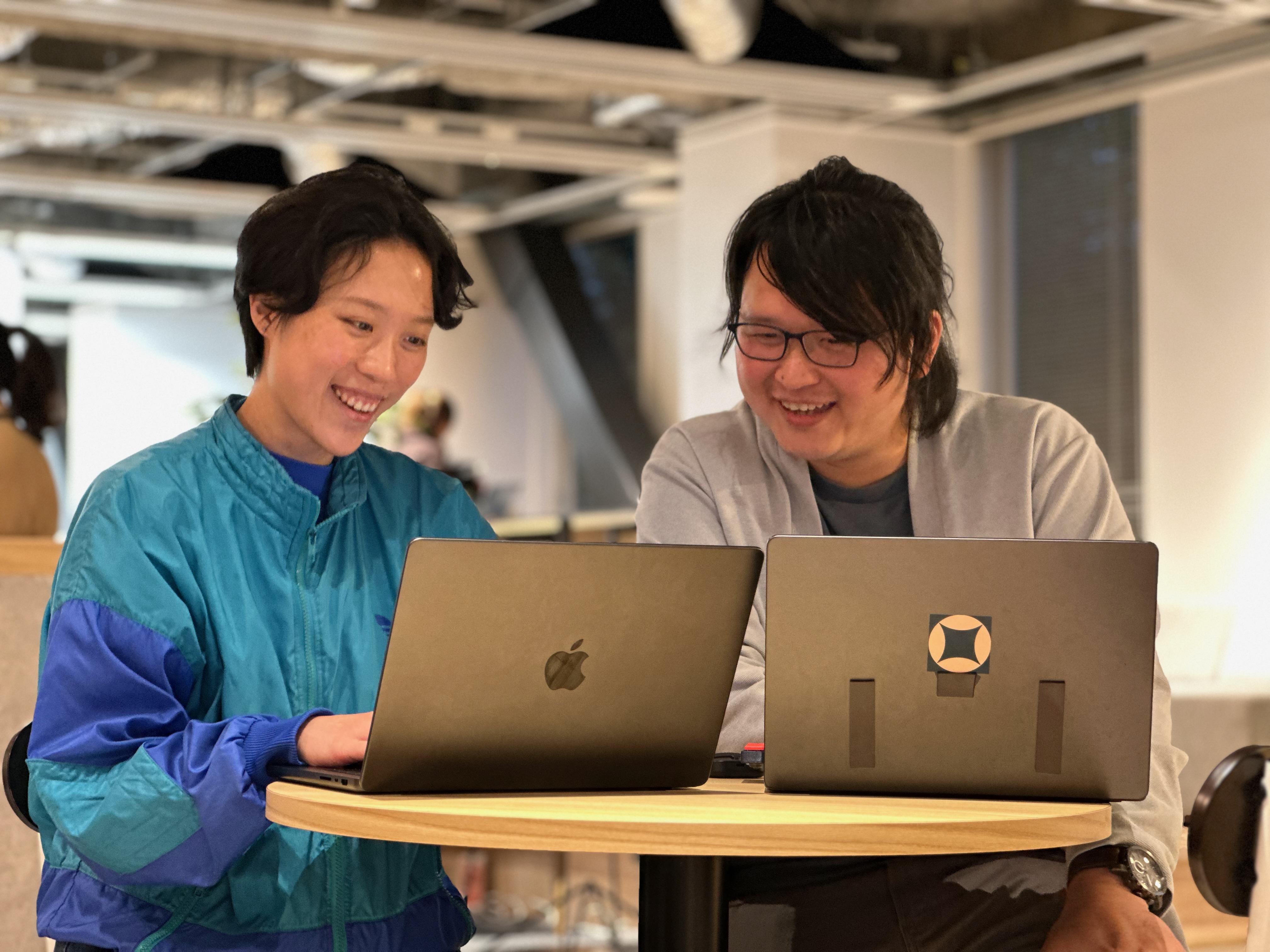
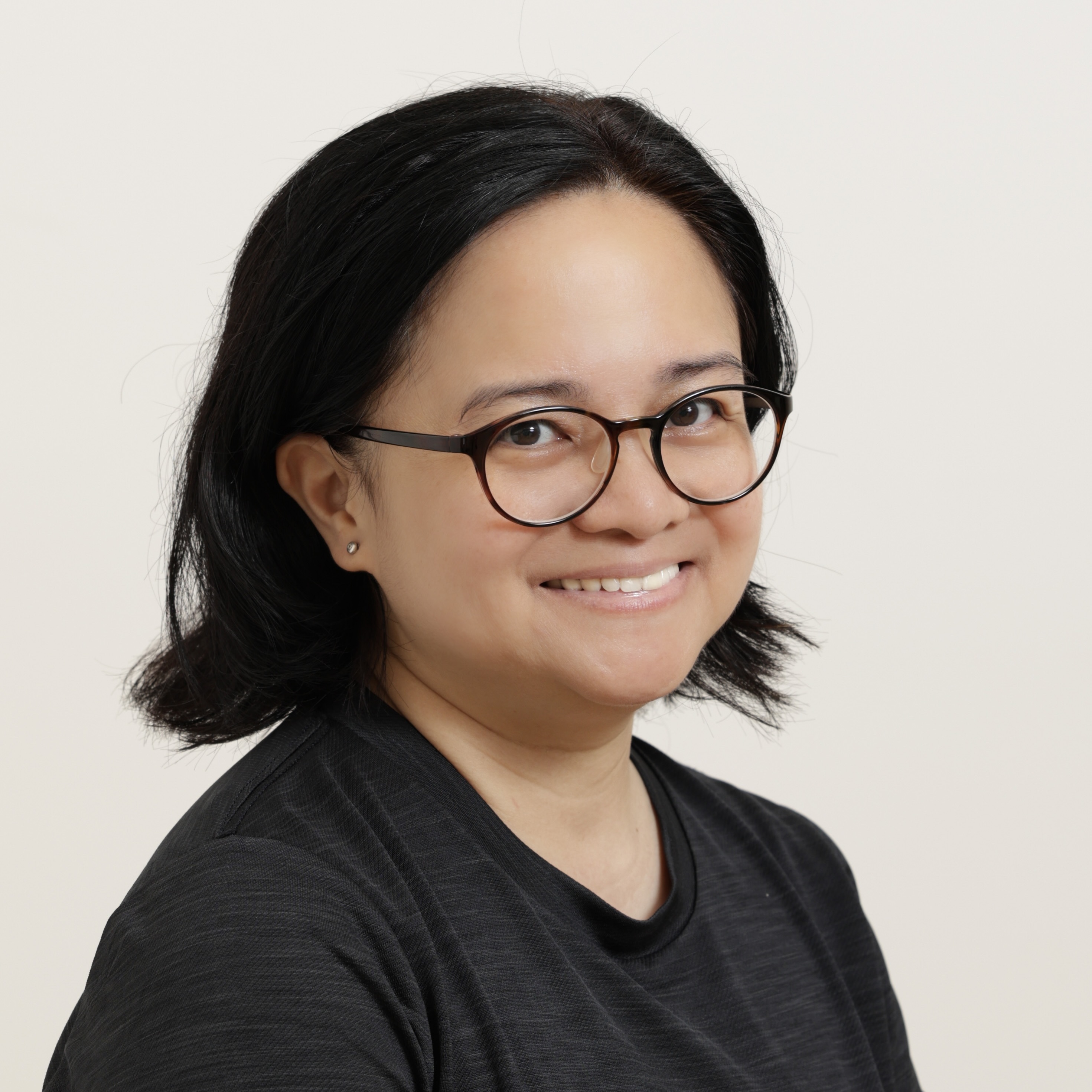
Cel Ogiya
Published on June 30, 2025
At HENNGE, innovation thrives at the intersection of collaboration, technology, and curiosity. In this edition of our Casual Talk series, we dive into the world of the Saascore Team—the developers behind HENNGE’s File DLP product—to give prospective applicants a closer look at the technology, people, and dynamic culture that define life at HENNGE.
In this conversation, Vivian Hsieh, a back-end engineer, and Henry Lie, a front-end technical lead, join interviewer Cel Ogiya to share insights into the team’s work, challenges, and exciting growth opportunities that await those thinking of applying to HENNGE.
Meet the Engineers
First, who are today’s interviewees from the File DLP team?
Vivian “Vi” Hsieh joined HENNGE in July 2023 as a software engineer on the Saascore team. Her parents are Taiwanese, but she grew up in Thailand before spending most of her adult life in Japan. Vi also acts as a TPDM—Technical Product Manager—collaborating with stakeholders, helping decide what the team should develop, and ensuring alignment between technical and product perspectives.
Henry Lie hails from Indonesia and has been at HENNGE for over six years now, after joining in October 2018. Before coming to Japan, he worked in Taiwan and Indonesia. He previously worked in HENNGE’s Email DLP team and helped with front-end development for the Tadrill team, but is now the technical lead for front-end development on the File DLP team. You can read in more depth about Henry’s role in our interview here.
Together, they’re part of a globally diverse team working across time zones and tech stacks to turn complex technical processes into tangible value for customers.
Tracking the Mission: What is File DLP?
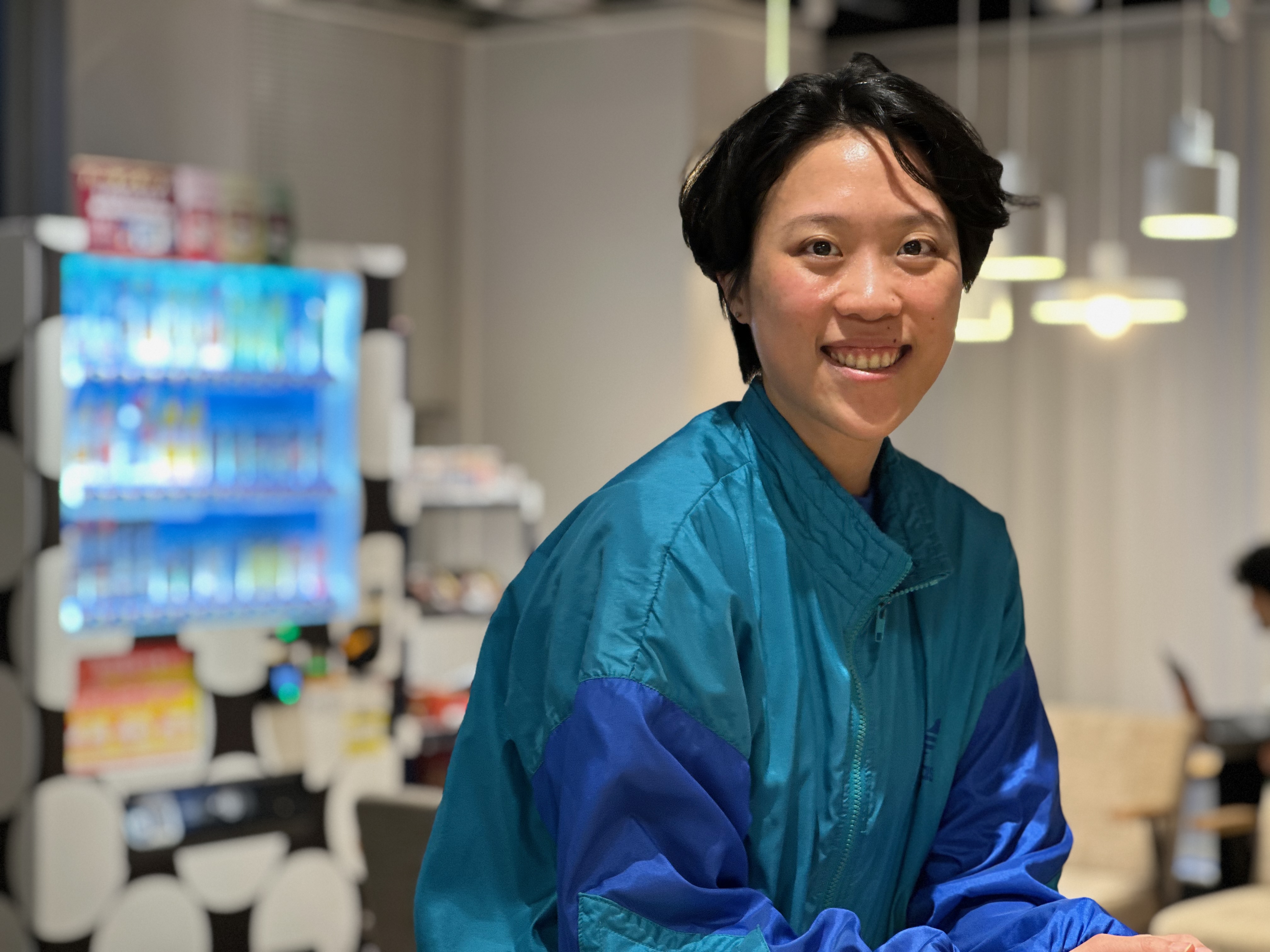
Vi: Like the name suggests, DLP stands for Data Loss Prevention. Our mission is to help companies prevent sensitive data from getting into the wrong hands. Customers integrate File DLP with their cloud storage services, like Google Workspace or Microsoft 365. We provide a centralized overview showing how files are shared and help define alert policies based on their security needs. For instance, if a confidential document is accidentally shared publicly, they can detect it and stop the sharing action through File DLP. We want customers to confidently share files externally while staying secure.

Cel: And what customer pain points does File DLP solve?

Vi: Many companies, especially startups, struggle to strike the right balance when it comes to security policies. Enterprise organizations often implement overly restrictive controls that hinder external collaboration, while startups frequently lack formal policies altogether. File DLP offers a flexible way to enforce security best practices, enabling both types of organizations to manage external sharing with confidence—without imposing unnecessary restrictions.
The File DLP Advantage

Cel: How does File DLP differ from competitors?

Vi: Many competitors are broader SaaS management tools. They offer a surface-level view across different SaaS products but don’t specialize in file data leakage prevention. We laser-focus on File DLP needs, providing detailed visibility and actionable controls tailored for file sharing.

Henry: Monitoring is a big differentiator too. Our dashboard visualizes how many files are private, shared internally, or externally. Customers often discover files they didn’t even realize were publicly accessible. We had one customer who identified thousands of externally shared files after integrating with File DLP – they were able to take immediate corrective action.

Vi: And user experience is something we prioritize. The flow is streamlined and intuitive—users immediately know what actions to take, instead of clicking around wondering what to do next.
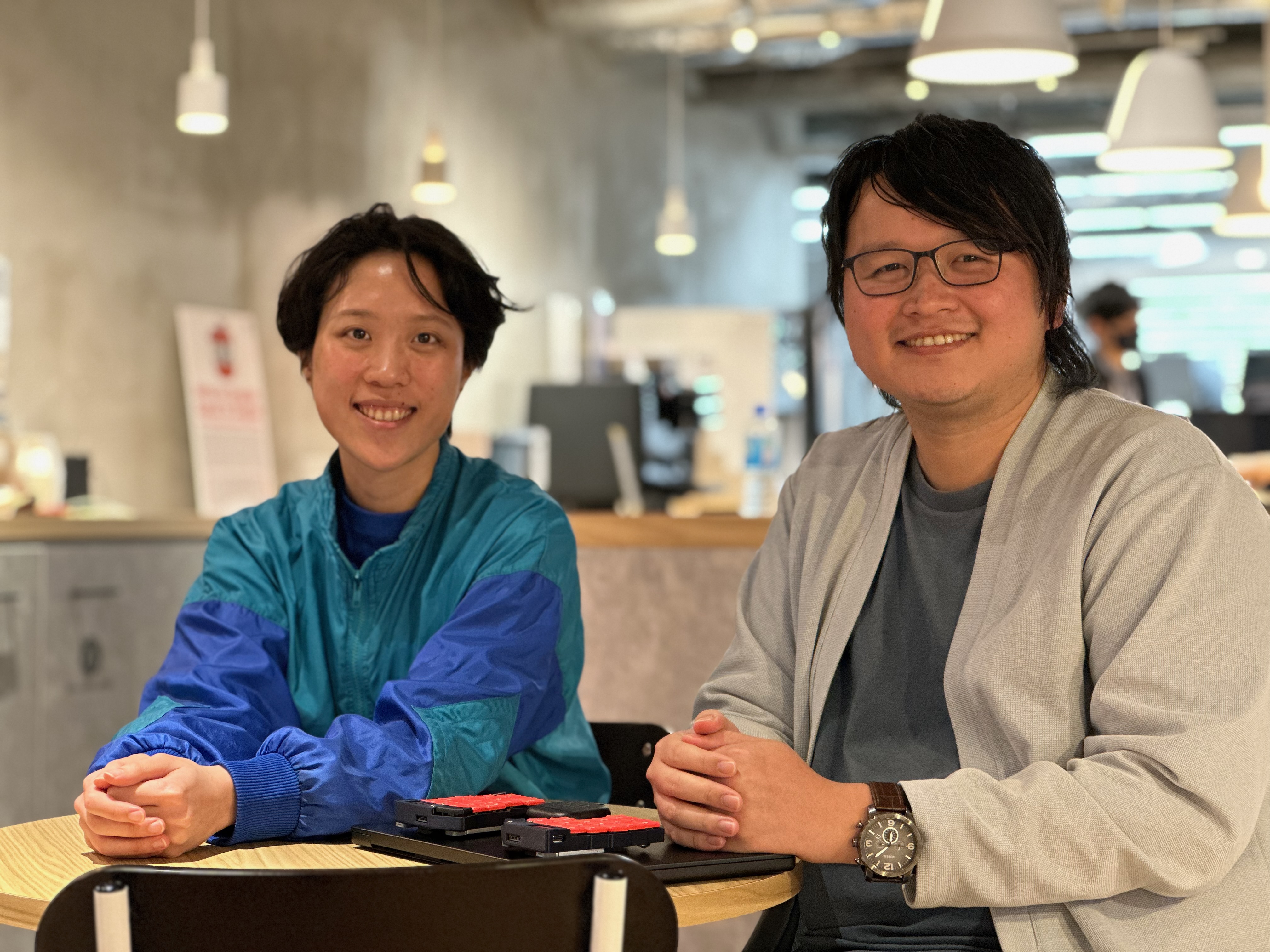
The Technology Behind File DLP

Cel: And for our readers, tell us about your tech stack.

Vi: On the back-end, we use Go (Golang) as our programming language, Temporal for driving our worker processes, and PostgreSQL for our database.

Henry: For the front-end, we work with React, TypeScript, as well as GraphQL as our API layer for communication between back-end and front-end.

Vi: Infrastructure-wise, we’re on Kubernetes, using Terraform for infrastructure as code. CI/CD pipelines are managed through GitHub Actions and Argo CD. For feature flagging, we use Flipt.
Team Collaboration, Product Development, and Ensuring Quality

Cel: What’s the team’s infrastructure and development flow like?

Vi: Our philosophy is early and broad involvement. We review customer insights regularly with our product marketing manager, frame user problems carefully, and brainstorm solutions with designers. Developers stay informed at every stage—from initial problem framing to risk evaluation. We use a discovery deck to gather team feedback before committing to development.

Henry: It’s a very transparent process. Everyone, not just leads, knows what’s coming and can contribute ideas. It makes a big difference in motivation and alignment.

Cel: How do you approach quality assurance?

Henry: Saascore has a unique history – it was originally developed externally, so we inherited a tech stack and standards that we weren’t immediately familiar with. Right now, we rely on manual testing using staging and preview environments, but we are working toward introducing more automated end-to-end testing. Developers here take full ownership of testing their features.

Vi: Teams across the company are using HENNGE products themselves, but File DLP isn’t used regularly so widely, so we don’t get that “real-world” feedback loop automatically. We have to be extra proactive about testing in staging and production environments.
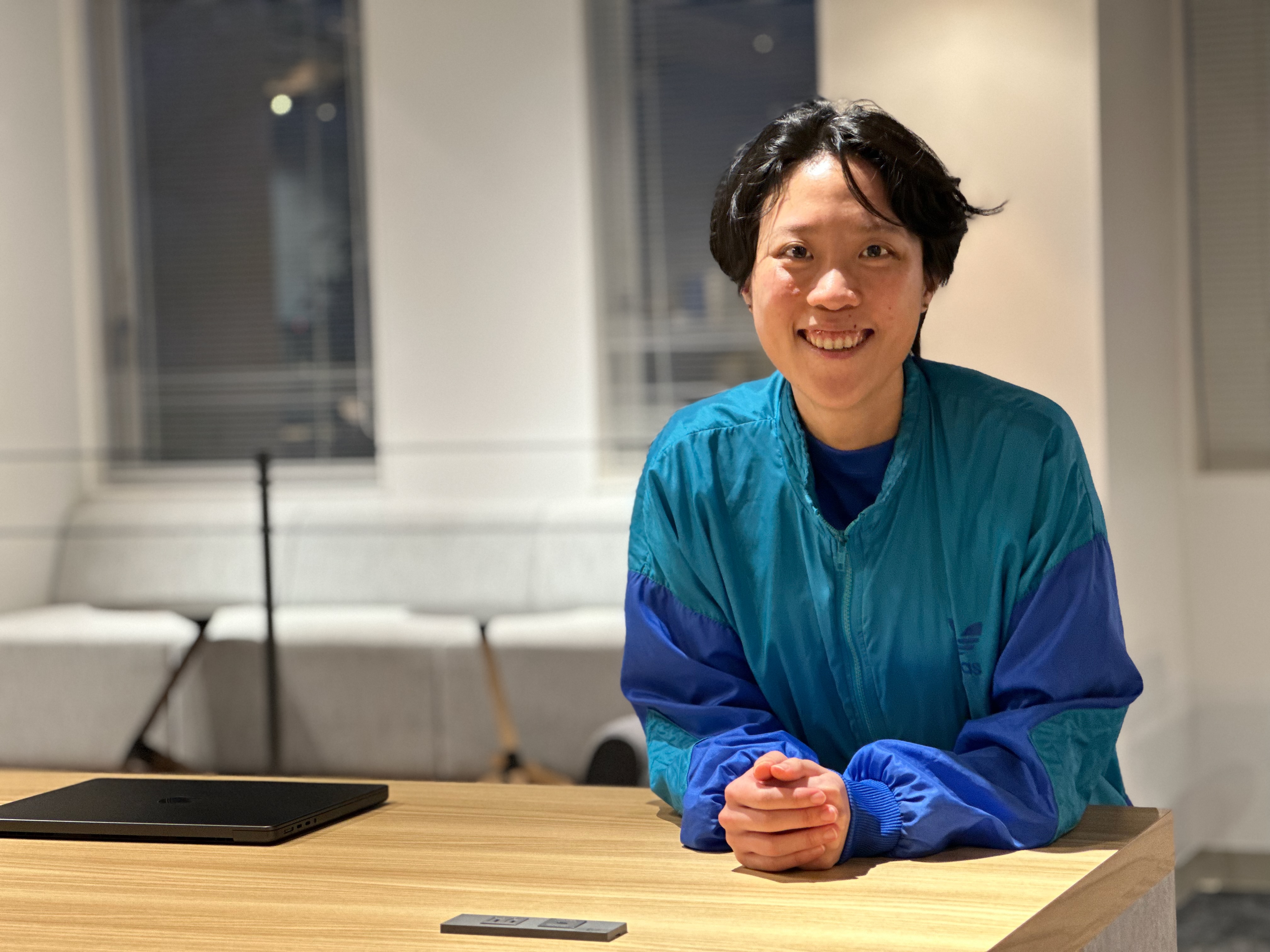
Exciting Projects, Team Structure, and Flexibility

Cel: What exciting projects are you currently working on?

Vi: Speed improvements! Syncing files from cloud storage used to take months—we’ve tripled that speed already, and we’re aiming to get it down to just a few days. It’s a massive leap that will make onboarding so much smoother for customers.

Henry: We’re also undergoing a UI renewal project. We’re aligning File DLP with the HENNGE One design system, which not only modernizes the look but also unifies the user experience across HENNGE products.

Vi: In terms of scaling, we’re redesigning our database structures to handle a much larger user base—preparing for File DLP to become a major HENNGE One offering!

Cel: What about team size and structure?

Vi: We’re a cross-functional and highly diverse team. Full-time members come from Canada, the U.S., Singapore, Indonesia, Taiwan and Japan. Our product marketing manager and designers are actively involved in daily standups, creating a tightly-knit collaboration between tech and business perspectives.

Henry: Everyone’s enthusiastic, challenges are shared openly, and there’s a real spirit of boldness and curiosity. We also rotate responsibilities like backlog refinement and release planning so that knowledge is shared.

Vi: Our team culture is about autonomy and courage—trying things, learning fast, and not being afraid to make mistakes as we grow.
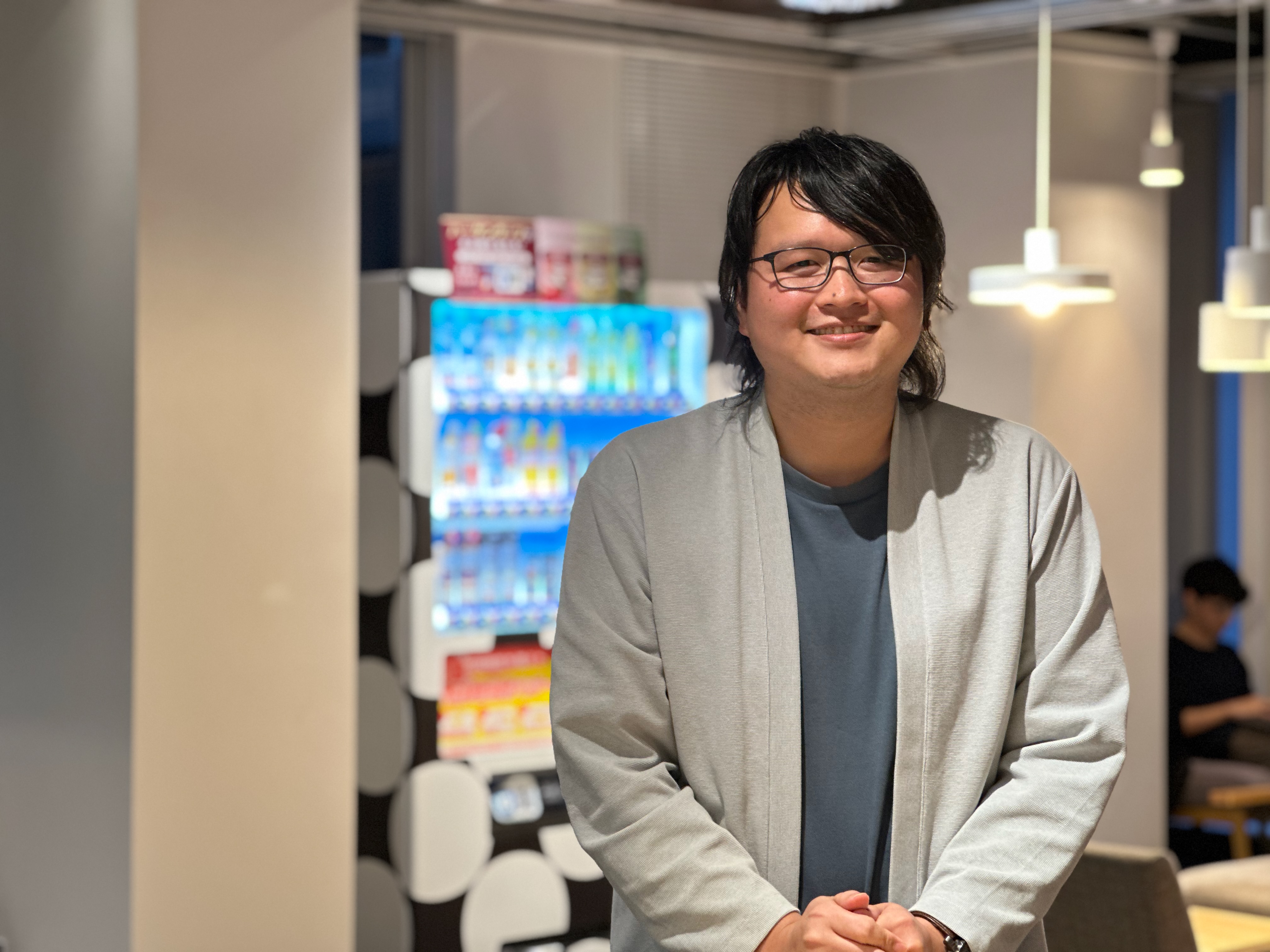
Challenges and Growth Opportunities

Cel: What are some of the challenges of working on File DLP?

Henry: Transitioning from inherited codebases presents technical challenges—differences in tech stacks, standards, and documentation gaps. But that’s also what makes it rewarding: you get to rebuild and improve actively, not just maintain.

Vi: Another challenge is inventing our own workflow. We decided not to follow Scrum strictly and are currently experimenting with OKRs (Objectives and Key Results) to track our work. It’s about finding a balance between structure and flexibility.

Cel: What do you personally find interesting about working on File DLP?

Henry: The excitement of trying new things. Moving from a very structured environment to a team culture that is constantly experimenting has been refreshing.

Vi: For me, it’s the opportunity to shape both the product and the team culture. We’re still in the formative stages, and every idea has a real chance to make an impact.
Finding the Right Fit: Who Thrives Here?

Cel: What kind of person would be a great fit for the File DLP team?

Vi: Someone who’s not afraid of big problems, is curious, eager to identify issues themselves, and proactively proposes improvements—not just to the product but to the team itself.

Henry: Yes, curiosity is key. Someone who’s eager to dive into unfamiliar codebases, figure things out, and drive improvements!
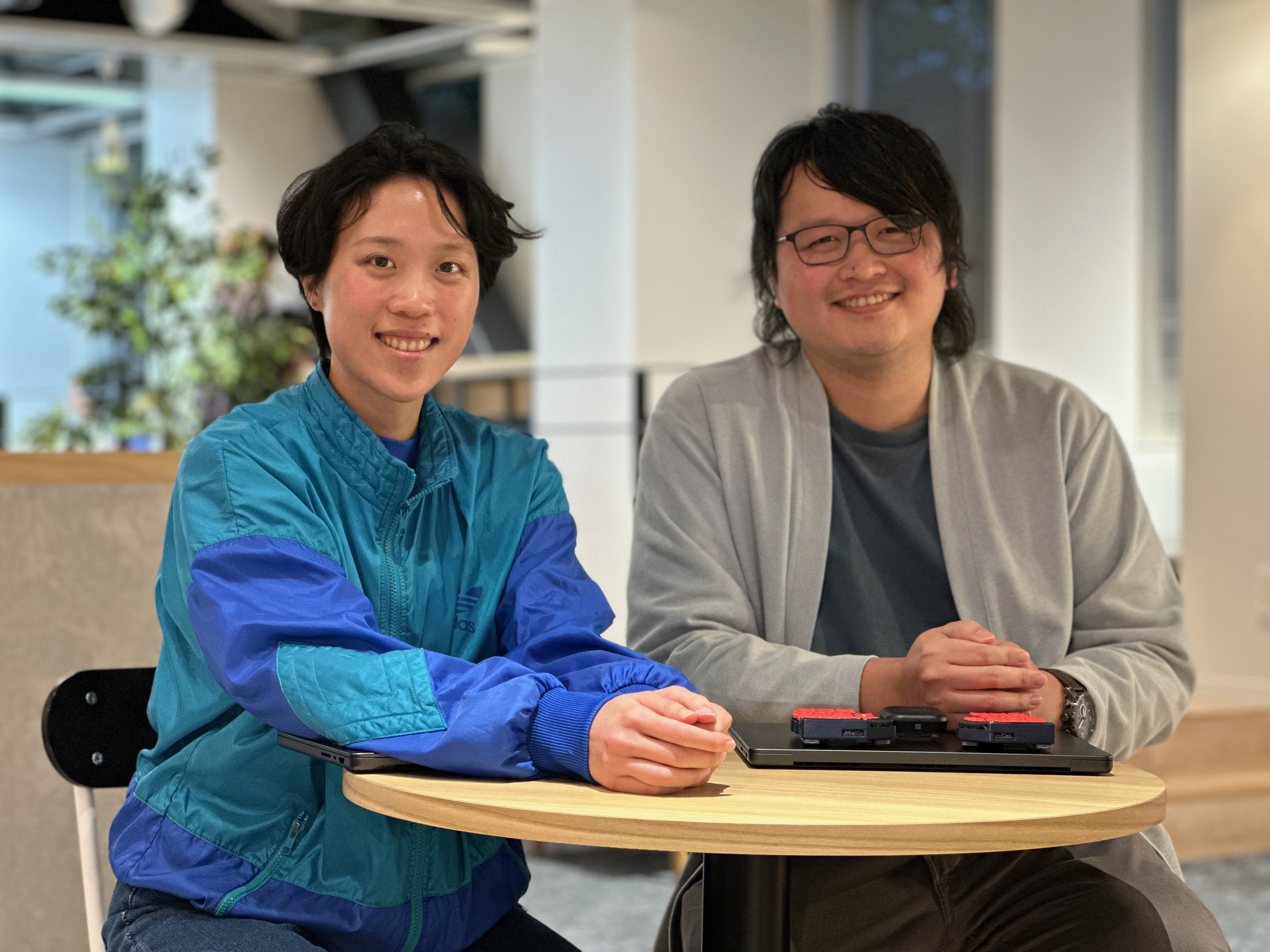
Ready to Start Your Journey?
If you’re passionate about solving meaningful challenges, curious about new technologies, and eager to help shape a growing product, HENNGE’s File DLP team might be the perfect place for you.
Take the first step toward an exciting career at HENNGE—explore our current opportunities today here and join us in redefining what’s possible!
Cel: Hello team! OK, so for those who may not be familiar, can you give us an overview of File DLP?